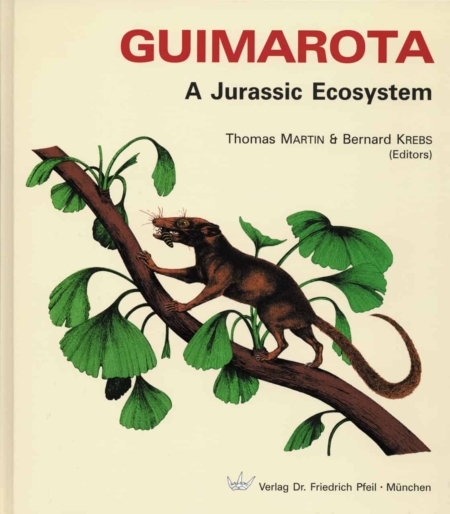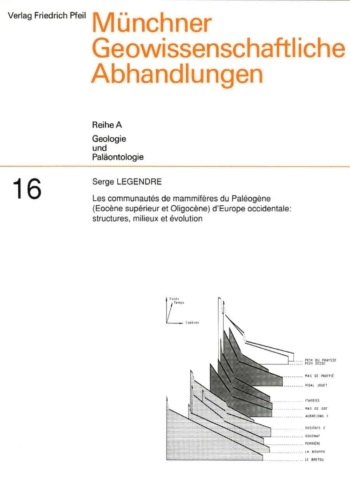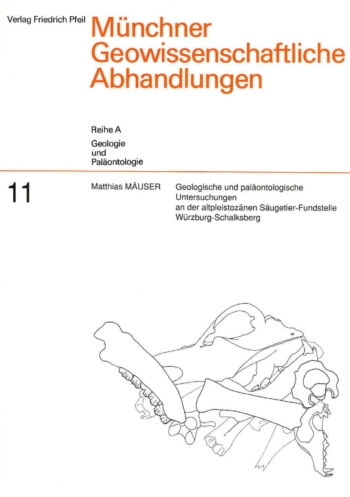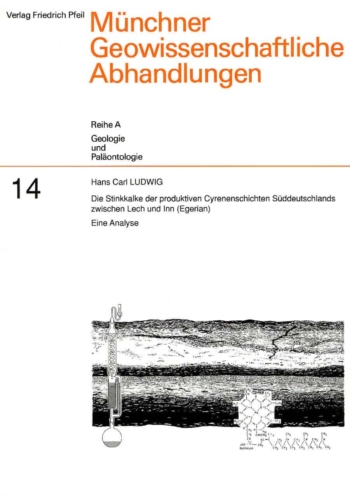Twenty specialists from geo- and biosciences summarize in 21 chapters the latest findings of more than 30 years of interdisciplinary research on the Guimarota locality. The book deals with the history of discovery, excavations, geology, stratigraphy, paleobiology, and paleoecology of the fossil locality. It is illustrated with many large size colour prints and provides an exciting insight into a Late Jurassic ecosystem at the eastern shore of the Proto-North Atlantic, at a time when giant dinosaurs ruled the world and tiny mammals had just begun their careers.
The book will be of interest not only to paleontologists and geologists, but also to students and scholars of the bio- and geosciences. It should also be welcomed by a more general public interested in palaeontology, geology, and evolution.







Rezensionen
Es gibt noch keine Rezensionen.